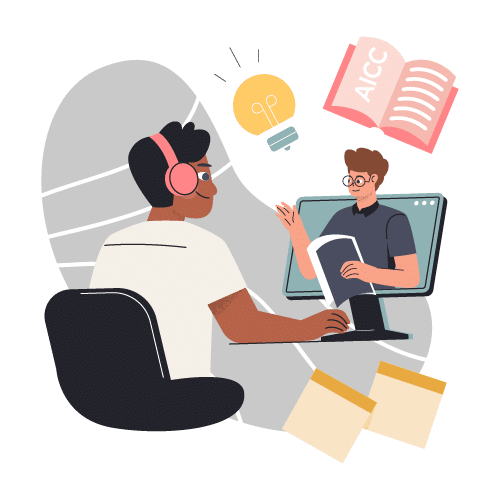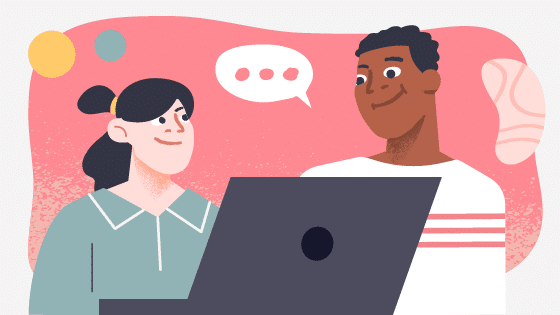For more information, download the ebook here.
We’ll be honest: There are some ways in which Microsoft falls behind other tech giants. In fact, when you think about revolutionary companies, Google and Apple have become the gold standard, with Microsoft bringing up the rear with an old-school image and sometimes lackluster software offerings.
But there is one area in which Microsoft has a surprising jump on the competition and a forward-thinking mission operative.
With the tagline “Come as you are. Do what you love,” Microsoft’s diversity training programis where women, different cultures, races, and the LGBT communities are all represented and respected. Whether it’s educating employees about overcoming cultural barriers or teaching LGBT employees about the various programs and opportunities available, Microsoft is a great example of how global organizations can (and we believe should) approach diversity training.
Cultural Competency
Microsoft employs over 118,000 employees in hundreds of different locations, so cultural competency is at the forefront of diversity training and education. When employees travel to a new country, they need to be aware of customs and traditions that could affect their business there. From showing respect in Japan or knowing how to greet co-workers in Sweden, a large part of Microsoft’s diversity training centers around dealing with colleagues across cultural barriers.
Microsoft’s programs for women, LGBT, disabled, black, Latino, parents and culturally diverse employees also offer employee resource groups, where workers can connect to those like themselves, find out about upcoming opportunities and events, and learn more about the individual strategies Microsoft employs for each minority or diverse group. Microsoft may lag when it comes to tech development, but this dedication to diversity makes it a top-notch organization that truly puts its money where its mouth is in providing inclusive education and resources for its employees.
Proactively Encouraging Diversity in Tech Outside the Office
The way we think about diversity is shaped long before we reach the office. Microsoft wanted to take a stand in helping encourage and empower more women and diverse students to join the male-dominated tech world, and launched DigiGirlz and Black at Microsoft Minority Student Day. They also have a high school summer internship program in Washington that partners with groups like DO-IT (Disabilities, Opportunities, Internetworking and Technology) and SciTechGirls.
Offer Personalized, Choose Your Own Adventure Learning Options
Learning is effective when a learner is able to not only understand how knowing and using the information will benefit their life, but also when they are able to choose what they want to learn about. Microsoft offers a robust menu of diversity and inclusion learning courses that encompass all types of employees (onboarding to senior level) to different departments. These offerings are flexible and can be accessed anytime by employees.
Adopting Diversity
You can definitely learn a thing or two from the way that Microsoft deals with diversity, but if you’re considering adopting the program word-for-word, think again. Diversity programs really can’t be adopted from organization to organization because they should be fully tailored to each company’s specific diversity challenges and the overall workplace culture. What works for Microsoft’s global workforce probably won’t apply to your company because diversity should be contextualized based on brand. Diversity, by its very nature, doesn’t have a one-size-fits-all solution.
Microsoft’s solution looks great and is highly effective for a global tech company, but you’ll need to think in terms of your own organization and how coworkers interact with one another. By seeking out the specific diversity issues that face your workforce, you can create a tailored solution that is less a one-time training session and more of an organic method by which you do business. Microsoft has learned that diversity must be a fluid and accessible part of employee awareness; your own custom-created and homegrown diversity education can do the same. As an aside, hiring a chief culture officer can assist here as well.
From cultural barriers to working with minorities, don’t approach diversity the way you do other topics. Diversity requires more delicate treatment than sales or compliance training. Microsoft’s surprisingly forward-thinking approach can serve as inspiration for crafting your own solutions for workplace diversity (even if you can’t copy it word-for-word).





